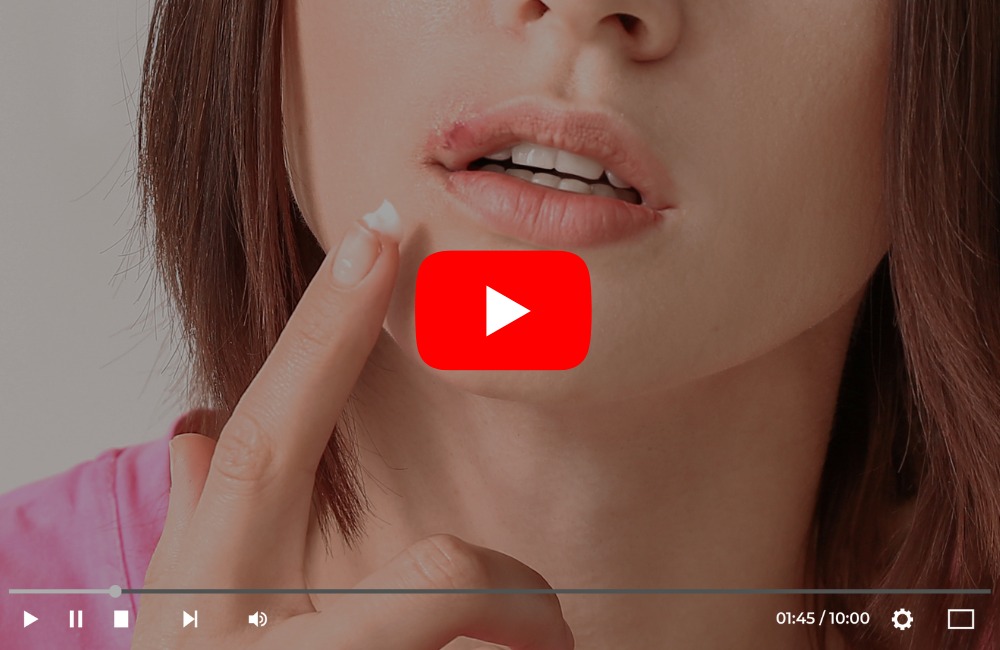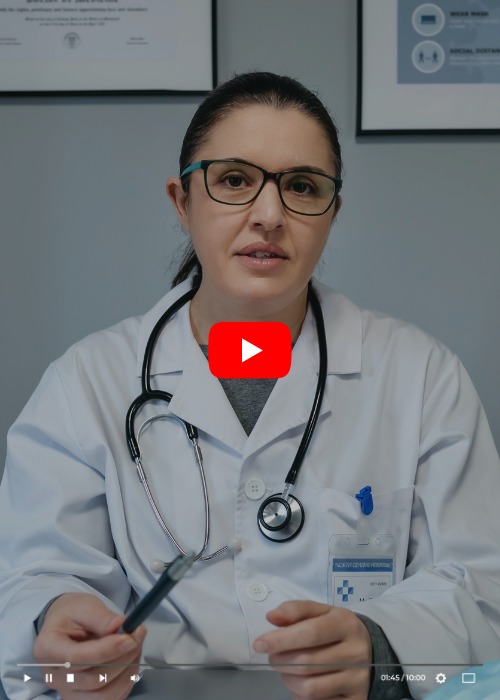Skin Care
How to Get Rid of Herpes
Skin Care
How to Get Rid of Herpes
If you’ve ever had a herpes (herpes simplex), you know the signs. It starts with the tingling, then the edge of your lip or the corner of your mouth begins to burn. Then the outbreak: An ugly red sore appears. A few days later it breaks open and crusts over. Within 2-4 weeks, it should disappear.
The herpes simplex (herpes), also known as HSV, is an infection that causes herpes. Herpes can appear in various parts of the body, most commonly on the genitals or mouth.
Causes of Herpes
Herpes is caused by a common virus called herpes simplex. Herpes simplex is spread by close contact. If you kiss someone with herpes, or you touch their face and then touch your own face, you can catch the virus. You can also get herpes simplex by sharing lip balm, a fork, a mug, or a razor with someone who has it. You’re most likely to get the virus from someone who has an active herpes sore, but it’s also possible to contract it from someone who doesn’t have a sore or blister showing.
The virus can also spread to the eyes or the genitals. For example, if you rub your eyes after getting saliva from an infected person on your hands, or if you receive oral sex from someone who has herpes sores.
When you’re first exposed to the virus, you’re likely to get a herpes outbreak. After a week or two, it’ll go away on its own. Then the virus goes dormant in your body. You may never have another herpes outbreak again, but many people do.
There are two types of the herpes simplex:
- HSV-1: primarily causes oral herpes, and is generally responsible for herpes and fever blisters around the mouth and on the face.
- HSV-2: primarily causes genital herpes, and is generally responsible for genital herpes outbreaks.
The herpes simplex is a contagious that can be transmitted from person to person through direct contact.
HSV-1
HSV-1 can be contracted from general interactions such as:
- Eating from the same utensils
- Sharing lip balm
- Kissing
The spreads more quickly during an outbreak. An estimated 67 percent of people ages 49 or younger are seropositive for HSV-1, though they may never experience an outbreak. It’s also possible to get genital herpes from HSV-1 if someone who performed kissing had herpes during that time.
HSV-2
HSV-2 is contracted through forms of contact with a person who has HSV-2. An estimated 20 percent of active adults in the United States have an infection with HSV-2, according to the American Academy of Dermatology (AAD). HSV-2 infections are spread through contact with a herpes sore. In contrast, most people get HSV-1 from a person with an infection who is asymptomatic, or does not have sores.
How to Get Rid of Herpes
Check How To Get Rid of Herpes With Just One Simple Method. If You Or Anyone You Know Is Suffering From herpes. Please Watch This Video Now
Disclaimer
These statements have not been evaluated by the Food and Drug Administration. This product is not intended to diagnose, treat, cure, or prevent any disease.
The information provided on this site is for informational purposes only and any likeness to any individual (living or dead) mentioned in the above content is entirely coincidental. This is not intended as a substitute for advice from your physician or other health care professional or any information contained on or in any product label or packaging. You should not use the information on this site for diagnosis or treatment of any health problem or for prescription of any medication or other treatment. You should consult with a healthcare professional before starting any diet, exercise or supplementation program, before taking any medication, or if you have or suspect you might have a health problem. You should not stop taking any medication without first consulting your physician. If you are pregnant, nursing, taking medication, or have a medical condition, consult your physician before using this product.
Click here to find evidence of a test, analysis, research, or study describing the benefits, performance or efficacy of our ingredients based on the expertise of relevant professionals.


